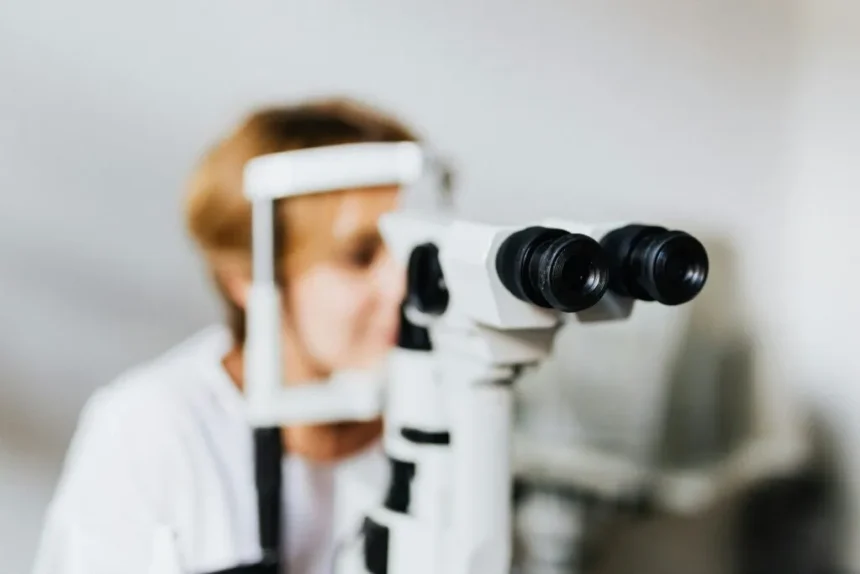A comprehensive eye exam does more than just check your vision. It offers a unique look into your overall health, sometimes revealing the first signs of underlying health conditions. Your eyes contain a network of blood vessels, nerves, and tissues that can show changes related to diseases elsewhere in your body. Regular check-ups with an eye care professional may help identify these subtle signals before other symptoms appear, providing an opportunity for early intervention.
How Do Exams Reveal Early Signs?
During an eye exam, an optometrist or ophthalmologist uses specialized tools to look at the structures inside your eye. The retina, optic nerve, and the tiny blood vessels at the back of the eye are visible without any invasive procedures. This direct view enables them to identify abnormalities that may indicate a developing health issue.
Changes in the blood vessels, such as swelling, leaking, or narrowing, can be early indicators of systemic conditions. The optic nerve, which connects the eye to the brain, can also show signs of swelling or damage. This may point to neurological problems. The clarity of the lens and the fluid pressure inside the eye are also assessed. This provides further information about your health.
Which Diseases Do Exams Detect?
A routine eye exam can help detect a range of conditions, some of which may not yet have obvious symptoms. Observing the state of your eyes’ blood vessels and internal structures gives your eye doctor a clear view of your circulatory and neurological health. Your eye care provider may notice signs related to several diseases, including:
- Diabetes: The exam may reveal tiny leaks from blood vessels in the retina, a condition known as diabetic retinopathy. This is often one of the first signs of diabetes.
- High Blood Pressure: The arteries in the eye can show bends, kinks, or narrowing. This may suggest hypertension throughout the body.
- High Cholesterol: A yellow or blue ring around the cornea may be a sign of high cholesterol, as can cholesterol deposits in the retinal blood vessels.
- Autoimmune Disorders: Conditions like lupus or rheumatoid arthritis can cause inflammation in the eyes. An eye exam can detect this inflammation, sometimes before a formal diagnosis is made.
- Certain Cancers: Unusual growths or changes in the eye’s structure could indicate certain types of cancer, including skin cancer, which may affect the eyelids.
These findings enable a discussion about next steps and may prompt a referral to a primary care physician or specialist for further evaluation and management.
How Often Are Exams Needed?
The recommended frequency for an eye exam depends on your age, risk factors, and overall health. For adults with no symptoms or risk factors, a baseline exam in their 20s or 30s is a good starting point. Professional organizations generally suggest more frequent check-ups as you get older. This is when the risk of eye diseases and other health conditions increases.
Individuals with risk factors like a family history of eye disease, diabetes, or high blood pressure may need more frequent examinations. Your eye care provider can offer personalized advice on a schedule that is right for you. Following a consistent schedule helps track changes over time.
Schedule an Eye Exam
An eye exam serves as a valuable component of your proactive health care routine. By looking into your eyes, a trained professional can gather information about your systemic health, often before other symptoms arise. This gives you a head start in managing potential health concerns. If it has been a while since your last check-up, find a local eye care provider to book your next appointment.














